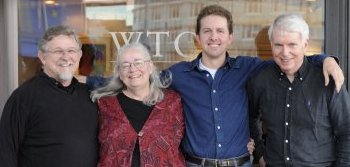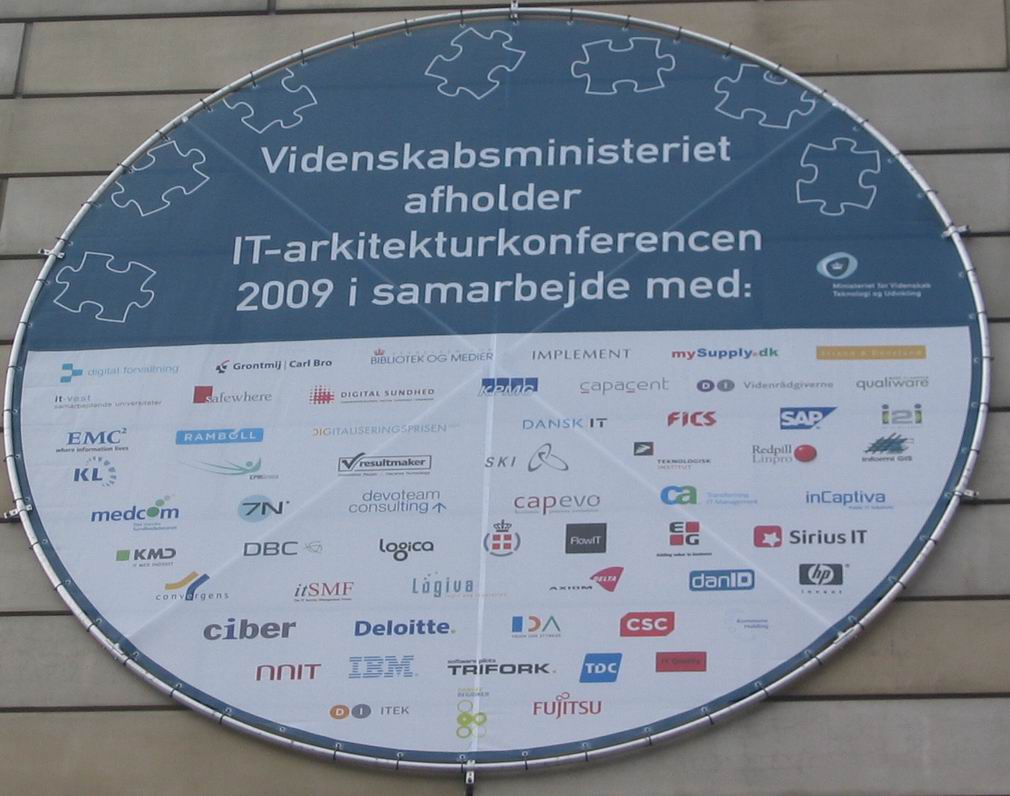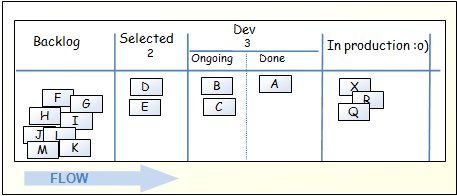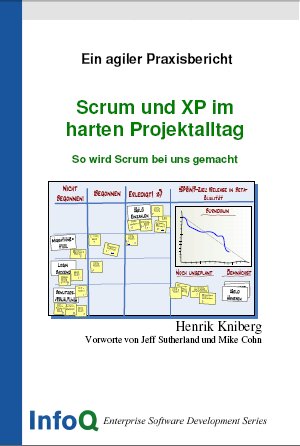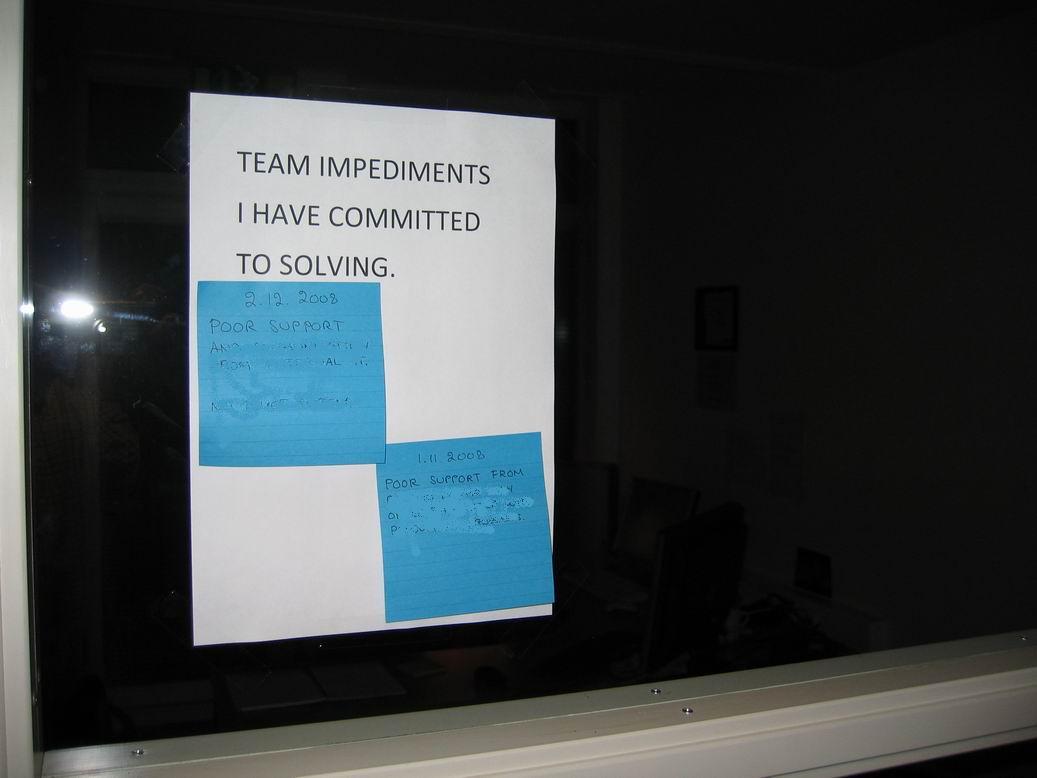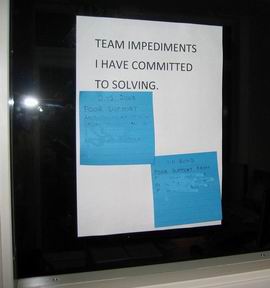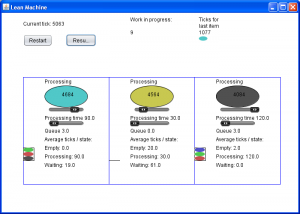I held a seminar at NFI today "Introduction to Lean Software Development". Afterwards, I got the question "where is a good starting point to learn more?" – and realized that while there is new material, much is still "in work" (for example: Mary and David are both working in new books). So updated information it is not easily found.
If you are completely new to the subject:
- Implementing Lean Software Development – Mary & Tom Poppendieck
[comment] While there is newer material, this is a good starting point.
"I have the basic understanding and now want to move on to the software specific stuff"
- David Anderson Kanban for software presentation
[comment] good visualization of concepts in practice - Mary has a great essay page
[comment] nice inspiration - ..or grab my slides from today "Introduction to Lean software development"
[comment] ..note, at least half of the content was delivered verbally, but the stuff in here is up to date
Psst!: Two great opportunities exists in May to get the latest in Lean here in Sweden:
- Deep Lean 18-19 May – with Mary Poppendieck and Jeff Sutherland
- Future of Agile – with David Anderson, Mattias Skarin and Henrik Kniberg






